Nestled high in the Andes Mountains, Peru’s captivating Andean realm beckons adventurous travelers to discover its vibrant tapestry of colonial charm, Incan legacy, and enduring indigenous culture. From the striking architecture and plazas of the capital city Lima to the dramatic landscapes of the Colca Canyon, this South American gem showcases a remarkable blend of Spanish and pre-Columbian influences. Iconic sites like the floating islands of Uros and the legendary Machu Picchu reveal the resilience, innovation, and deep connection to the land of the Quechua people. Immersing oneself in Peru’s Andean world promises a profound encounter with the region’s storied past and vibrant present.
Key Points
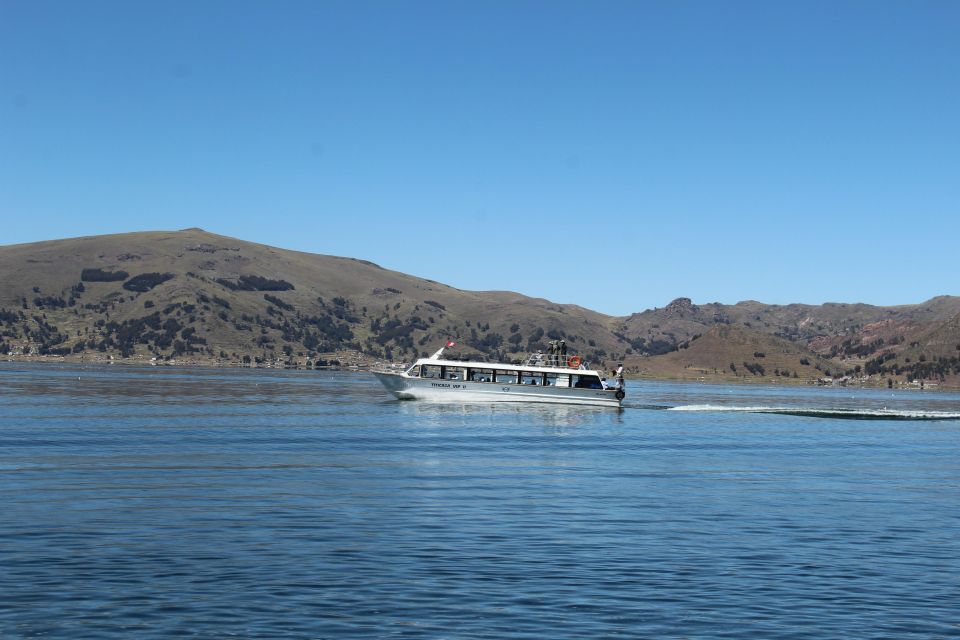
-
Peru’s Andean region showcases a captivating blend of colonial architecture, indigenous cultures, and archaeological marvels, from the White City of Arequipa to the Incan legacy of Cusco.
-
The floating islands of Uros on Lake Titicaca exemplify the innovative spirit and deep connection to the land of the indigenous Uros people.
-
The Sacred Valley’s pre-Columbian ruins and vibrant Quechua communities provide a profound connection to Peru’s Incan heritage and the enduring cultural identity of its people.
-
Machu Picchu, the ‘Lost City of the Incas,’ stands as an architectural and engineering marvel, offering a sense of wonder and connection to the Incan past.
-
Peru’s Andean landscapes are characterized by dramatic vistas of snow-capped volcanoes, terraced farmlands, and the awe-inspiring Colca Canyon, home to the majestic Andean condor.
Lima’s Colonial Charm
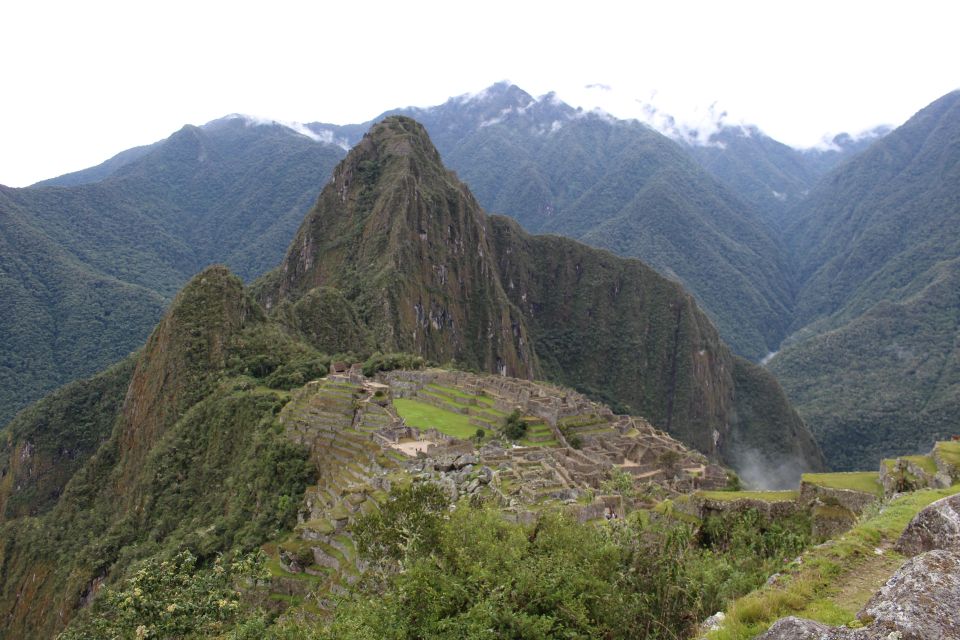
Lima’s colonial charm captivates visitors with its striking architecture, lively plazas, and rich history that intertwines Spanish and indigenous influences.
The Plaza de Armas, the heart of the city, showcases the impressive 16th-century Cathedral of Lima and the ornate Baroque-style Government Palace.
Nearby, the Casa Aliaga, a magnificent colonial mansion, has been home to the same family for over 17 generations.
Wander through the Convento de Santo Domingo, a 17th-century Dominican monastery, and marvel at its intricate cloisters and treasured religious art.
Beyond the colonial center, modern Lima shines in the upscale districts of San Isidro and Miraflores, while the bohemian neighborhood of Barranco offers a glimpse into the city’s vibrant arts and culinary scene.
You can also read our reviews of more tours and experiences in Arequipa.
The White City of Arequipa

After exploring the colonial splendor of Lima, travelers head south to Arequipa, a stunning city nestled in the Andes Mountains that earns its moniker as the ‘White City‘ for its magnificent architecture crafted from sillar, a gleaming white volcanic stone.
Arequipa’s historic center, a UNESCO World Heritage Site, is home to the impressive Convent of St. Catherine, a 16th-century cloistered complex that offers a glimpse into the life of colonial-era nuns. Nearby, the Church of the Society of Jesus impresses with its ornate Baroque facade.
Beyond the city, the dramatic Colca Canyon provides a thrilling setting to spot the majestic Andean condor, the world’s largest flying bird, soaring over the rugged landscape.
Marveling at Colca Valley
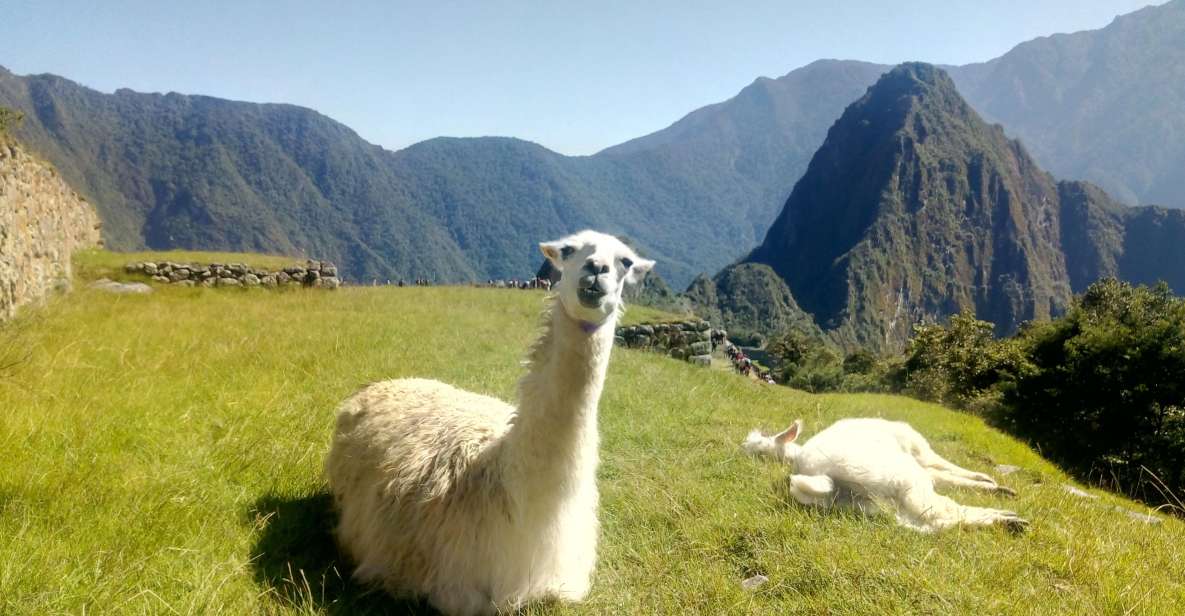
From Arequipa, travelers venture into the dramatic Colca Valley, a stunning high-altitude landscape carved by the Colca River and home to the majestic Andean condor.
Perched atop the canyon’s soaring ridges, visitors marvel at the sight of these impressive birds, the world’s largest flying raptors, as they soar effortlessly on the mountain thermals.
The journey through Colca takes travelers along winding roads that ascend to over 16,000 feet, offering breathtaking vistas of snow-capped volcanoes and terraced farmlands.
At the renowned Condor Cross viewpoint, people eagerly await the flight of the condors, hoping to witness their graceful aerial displays against the backdrop of the awe-inspiring Andean landscape.
Floating Islands of Uros
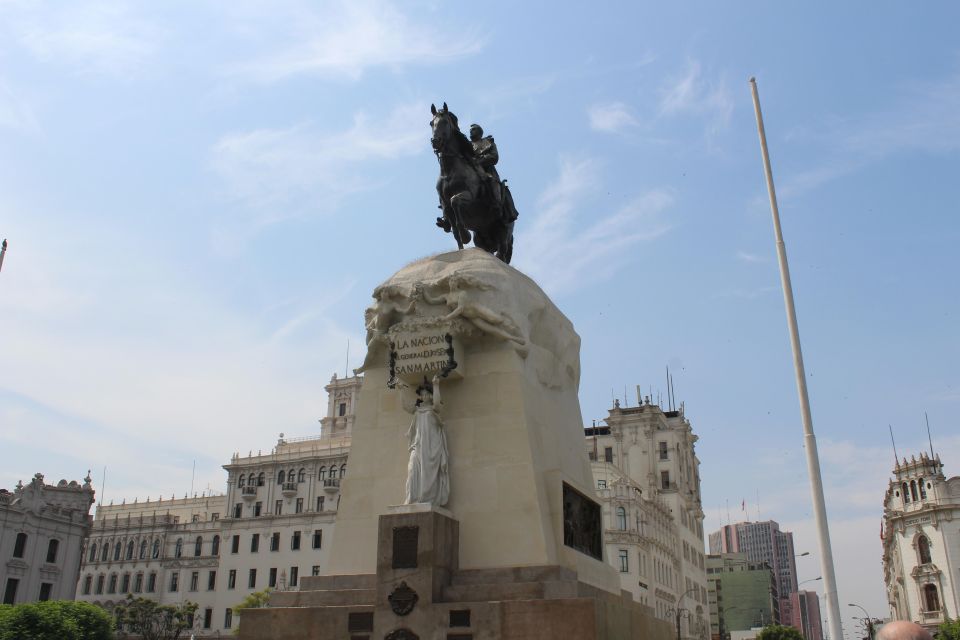
Leaving the dramatic Colca Valley behind, travelers then venture out onto the shimmering expanse of Lake Titicaca.
Where they discover the remarkable floating islands of Uros. Built entirely from the totora reeds that grow abundantly in the lake, these floating islands are home to the indigenous Uros people, who’ve lived here for centuries.
Visitors are captivated by the ingenious construction, as they step onto the spongy platforms and explore the small huts and boats made from the same resilient reeds. It’s a unique opportunity to witness a living testament to the Uros’ deep connection to the land and their innovative spirit in the face of a challenging environment.
More Great Tours NearbyExploring Lake Titicaca’s Island
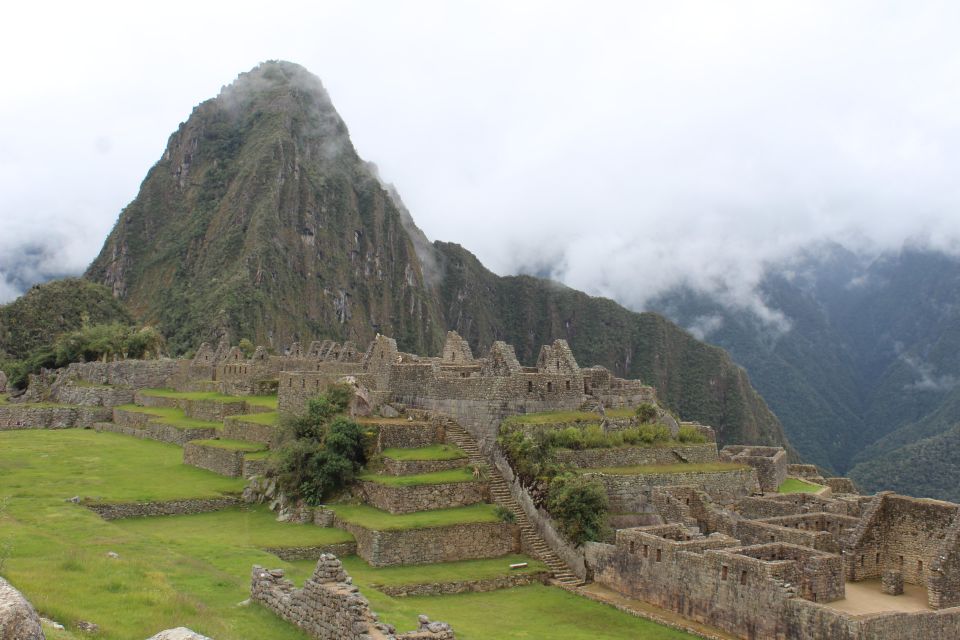
Travelers are awed as they set foot on the serene island of Taquile, a unique cultural enclave in the vast reaches of Lake Titicaca.
The local Quechua-speaking inhabitants proudly showcase their centuries-old textile traditions, intricate knitting techniques, and vibrant, handwoven garments.
Visitors are immediately struck by the island’s tranquil ambiance and the warm hospitality of its residents, who welcome guests with open arms to share their way of life.
Traversing the island’s stone steps, visitors discover ancient Inca ruins, traditional homes, and bustling plazas where the locals gather to weave, socialize, and preserve their rich cultural heritage.
Taquile offers a profound glimpse into the enduring spirit of Peru’s indigenous communities and their deep connection to the land.
Discovering Incan Capital Cusco
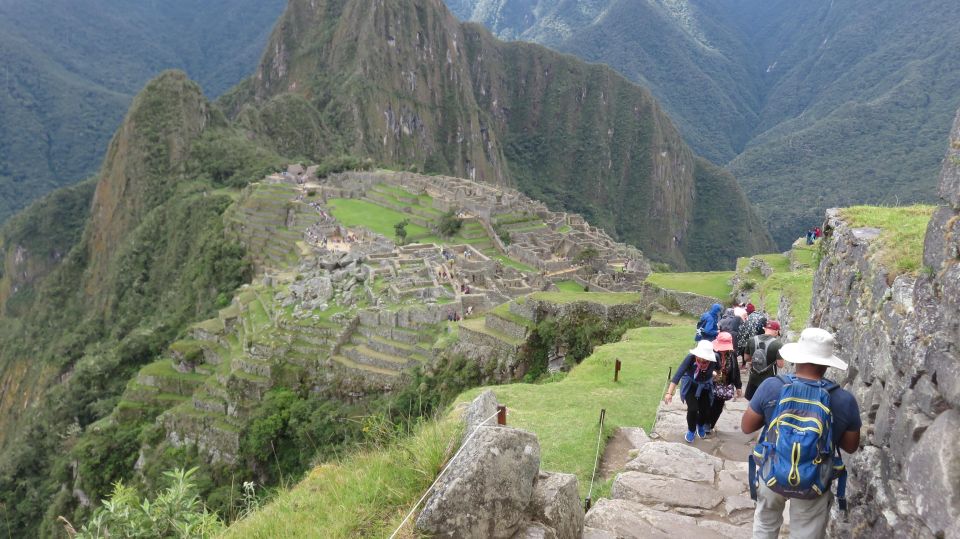
After marveling at the cultural riches of Lake Titicaca, visitors embark on the next leg of their journey – exploring the Incan capital of Cusco, a city steeped in a profound legacy and enduring indigenous traditions.
Travelers wander through the Plaza de Armas, the heart of Cusco, and marvel at the Fortress of Sacsayhuamán, a colossal Incan fortress perched atop a hill overlooking the city.
They uncover the Korikancha, an ancient Incan temple transformed into a Spanish colonial church, and encounter the living heritage of the Quechua people in bustling local markets.
Throughout Cusco, the past and present seamlessly intertwine, offering a captivating window into Peru’s resilient Incan roots.
Unveiling the Sacred Valley
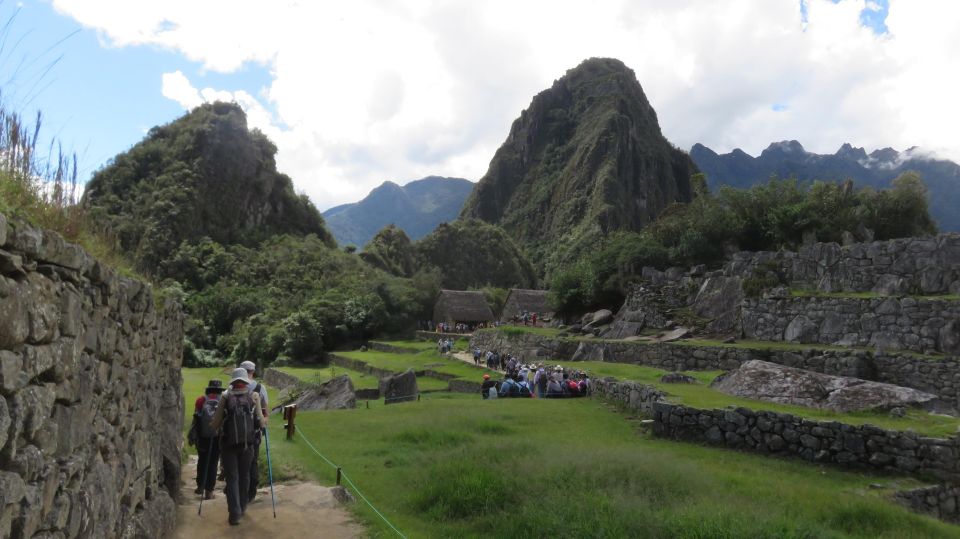
Having explored the storied Incan capital of Cusco, visitors eagerly venture into the verdant landscapes of the Sacred Valley, where ancient ruins and vibrant indigenous communities offer a profound connection to Peru’s enduring cultural heritage.
Winding through the lush Andean foothills, the Sacred Valley reveals a tapestry of pre-Columbian marvels, from the magnificent fortress of Ollantaytambo to the colorful market of Pisac, where locals peddle their handcrafted wares.
Immersing themselves in this living legacy, travelers gain insights into the resilience and ingenuity of the Quechua people, whose traditions have persevered despite centuries of upheaval.
Truly, the Sacred Valley captivates with its breathtaking vistas, rich history, and enduring cultural spirit.
Reaching Machu Picchu’s Splendor

The journey to Machu Picchu, the ‘Lost City of the Incas,’ culminates in an awe-inspiring encounter with the grandeur of this ancient citadel, perched atop a lush mountain ridge amidst the rugged Andes. Visitors are greeted by a breathtaking panorama of towering stone structures, precision-carved terraces, and lush vegetation that clings to the mountainside.
The experience is further enhanced by:
- The haunting calls of Andean birds echoing through the ruins.
- The mystical energy emanating from the sacred sites within the complex.
- The opportunity to explore hidden corners and uncover the Inca’s architectural and engineering marvels.
- The sense of wonder and connection to the past that pervades the entire Machu Picchu experience.
Frequently Asked Questions
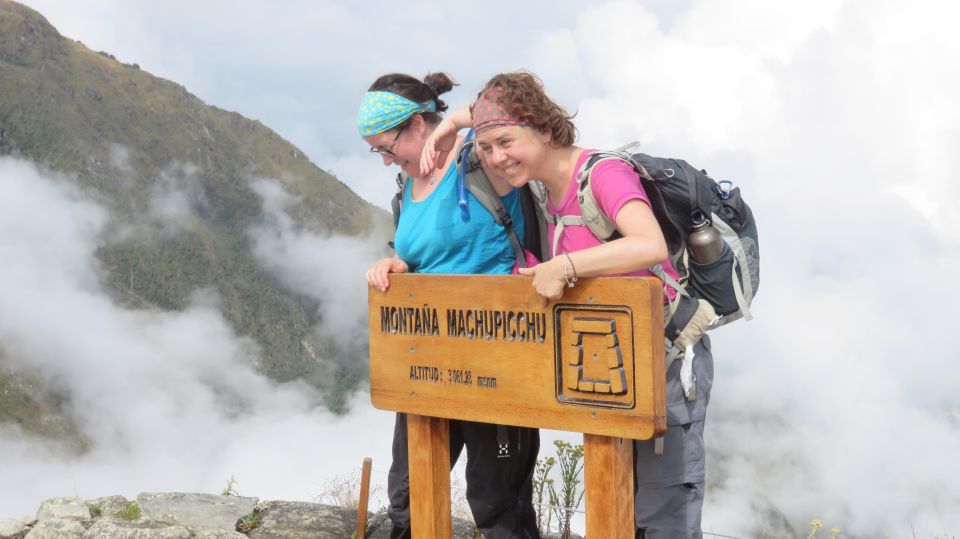
What Is the Best Time of Year to Visit Peru?
The best time to visit Peru is during the dry season from May to October when the weather is mild and sunny, ideal for exploring the country’s diverse landscapes and ancient wonders without the crowds.
Is It Safe to Travel to Peru?
Peru is generally safe for travelers, but it’s wise to take precautions. Exercising caution in crowded areas, avoiding isolated locations at night, and following local guidance can help ensure a smooth, enjoyable journey through Peru’s rich cultural and archaeological wonders.
What Vaccinations Are Recommended for a Trip to Peru?
For a trip to Peru, the CDC recommends getting vaccinated against hepatitis A and typhoid. Travelers should also consider getting vaccinated for yellow fever, especially if visiting the Amazon region. Proper precautions can help ensure a safe and enjoyable journey.
How Can I Avoid Altitude Sickness in the Andes?
To avoid altitude sickness in the Andes, travelers should gradually acclimatize, stay hydrated, avoid alcohol, and consider medication like acetazolamide. Pacing activities and resting frequently can also help minimize the effects of high-altitude travel.
What Is the Local Currency and How Can I Access It?
The local currency in Peru is the Peruvian sol (S/). Visitors can access it by exchanging foreign currency at banks, hotels, or authorized exchange offices. Using ATMs is also a convenient way to obtain soles during your Andean adventure.
Recap
Intrepid travelers to Peru’s Andean realm uncover a tapestry of wondrous sights. From Lima’s colonial allure to the floating islands of Uros, the country’s Spanish and pre-Columbian influences captivate.
Iconic Machu Picchu and the Sacred Valley reveal the Quechua’s resilience, while Lake Titicaca’s islands and Colca Valley’s grandeur inspire awe.
Peru’s Andean landscapes and living heritage offer a profound connection to the region’s storied past and vibrant present.
You can check availability for your dates here:More Tour Reviews in Arequipa
Not for you? Here's more nearby things to do in Arequipa we have reviewed
- 9 Best Guided Tours In Arequipa
- 25 Best Tours In Arequipa
- 5 Best Shopping Tours In Arequipa
- 2 Best Drinking Tours In Arequipa
- Rafting on the Chili River
- Colca Canyon Full Day + Buffet Lunch
- 3-Day Colca Canyon Trekking From Arequipa
- Walking Tour Arequipa Including Santa Catalina Monastery
- Arequipa Countryside Including the Founder’s Mansion – Mirabus
- 2-Day Colca Canyon Trek
- Tour 2 Days Colca Canyon Adventure Trekking
- Half Day Sandboard Adventure In Arequipa
